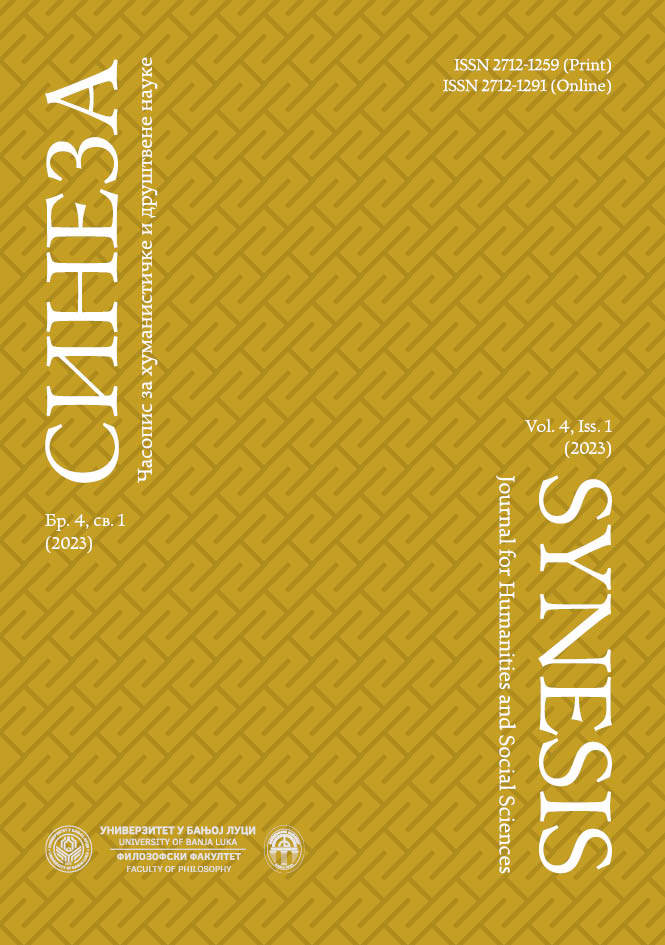Шест писама на арамејском из Хермопоља. Увод, језичка анализа, коментар, арамејски текст и превод
Six Aramaic letters from Hermopolis. Introduction, linguistic analysis, commentary, Aramaic text, and translation
Author(s): Boško ErićSubject(s): Language and Literature Studies, Ancient World, Historical Linguistics, Philology
Published by: Filozofski fakultet, Univerzitet u Banjoj Luci
Keywords: Hermopolis; letters; Aramaic dialects; Bible;
Summary/Abstract: The first part of the paper is dedicated to the history of the Aramaic people. The author points out that there are hypotheses that connect the Arameans with the Amorites and the Ahlamu people but that there is no concrete evidence that they were really the same people. The first and oldest unequivocal mention of the Arameans is from the 12th century BC. After this period, circumstances enabled the creation of smaller Aramaic kingdoms that survived for a shorter period of time until they were destroyed by the Neo-Assyrian Empire. Of particular importance for this paper, on which the author concentrates his attention, is the fact that in this period, the Arameans created their alphabet based on the Phoenician alphabet, which would eventually replace the cuneiform alphabet and the Akkadian language that was dominant before. The displacement of the Arameans from the area where they lived led to the spread of their language and script throughout the area ruled by Assyria. This process continued during the time of the Neo-Babylonian Empire and reached its peak during the Achaemenid Persia, which standardized the Aramaic language and adopted it as one of the official languages of its administration. The subject of this paper is six letters that were written during the Achaemenid era–in the 6th or 5th century BC in Hermopolis–in the territory of Egypt, and which are particularly interesting because they contain the peculiarities of Aramaic dialects before the Achaemenid era, but also some from the time of the Achaemenid reform. The author points out some examples that can be found in those six letters (such as writing the phoneme /ð/, which in older dialects was written with the grapheme ז (z), while in the time of the Achaemenids, it was written with the grapheme ד (d); in these letters, both graphemes are used, although it is certain that the same phoneme is “behind them”). The author also draws the reader’s attention to the preposition אל and points out that there are various interpretations regarding its relationship to על and to -ל, but that the meaning is clear. The preposition אל is used to indicate to whom the letter is addressed. After that, article 17 presents the fact that the Arameans and Jews often lived in close proximity in Egypt, and a study of the history of the Arameans in Egypt (but not only there), their culture, and daily life contributes to a better understanding of the history and culture of the Jewish people, and therefore to the understanding of the Bible. At the end of this part, before proceeding to the transcription of the original texts of these six letters and their translations into Serbian, the author points out some peculiarities of the specific translation into Serbian and how he translated some Aramaic expressions and terms.
Journal: Sineza
- Issue Year: 4/2023
- Issue No: 1
- Page Range: 39-57
- Page Count: 19
- Language: Serbian

